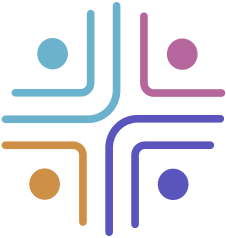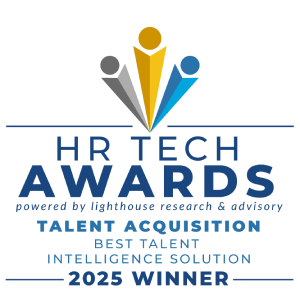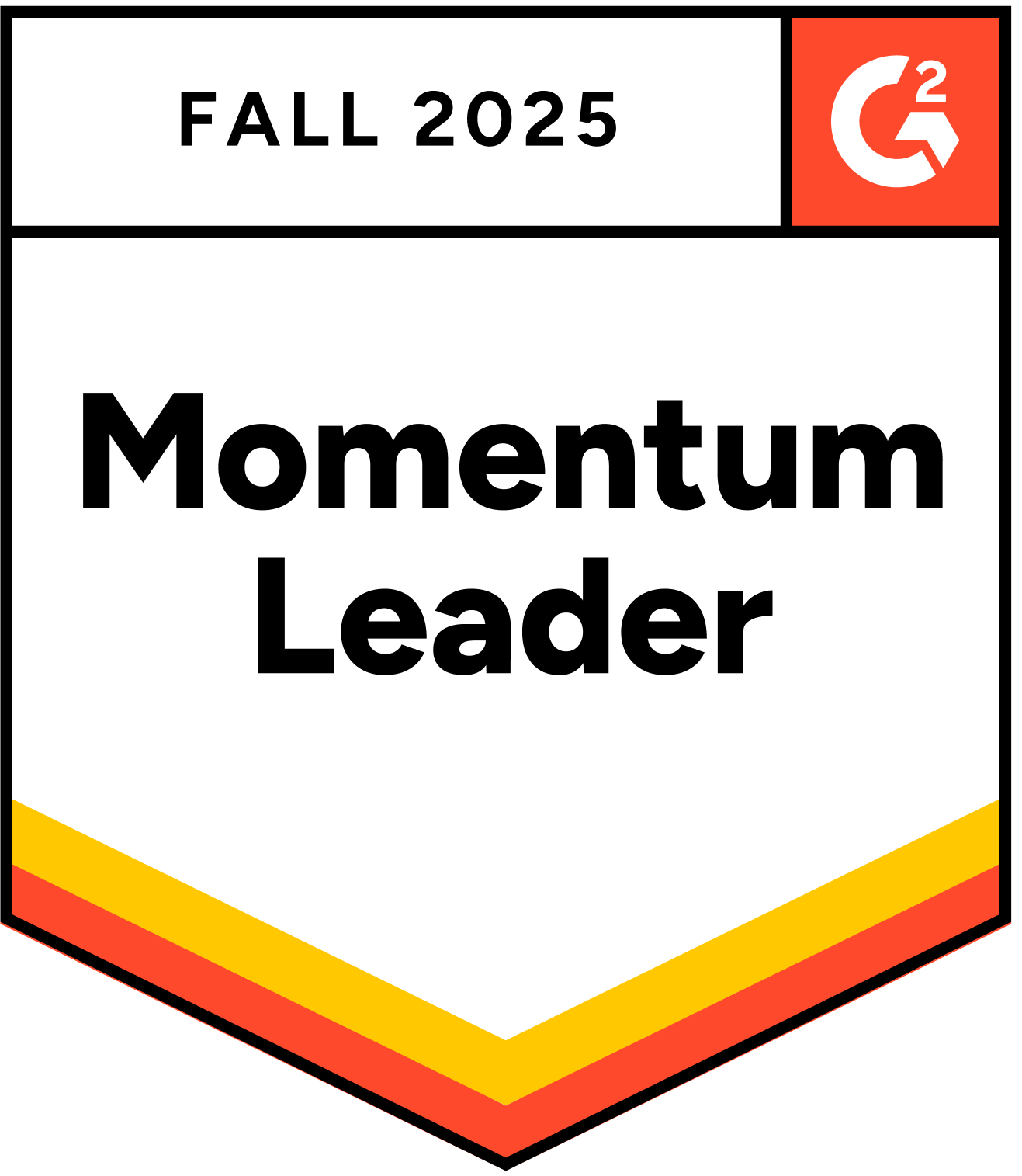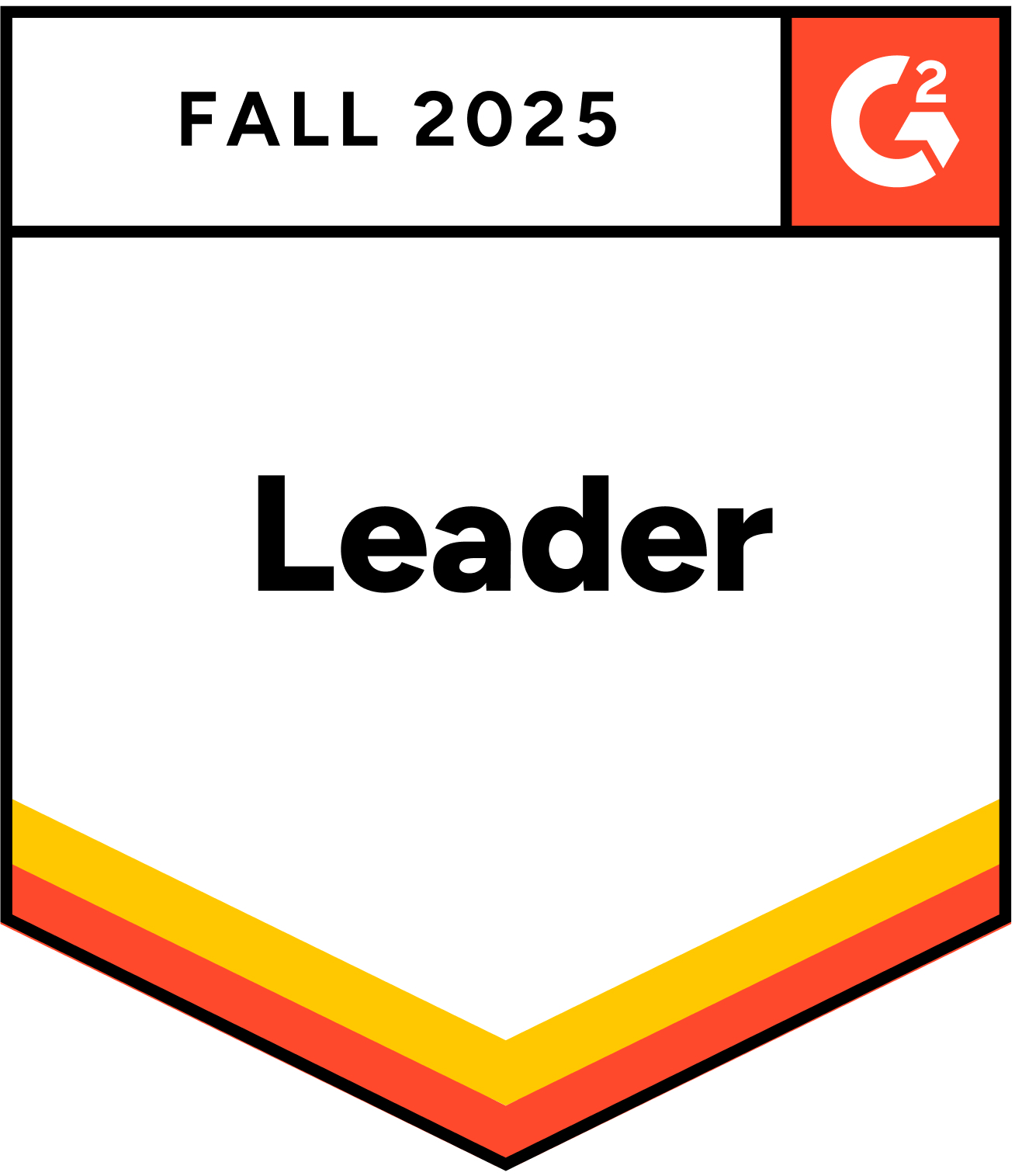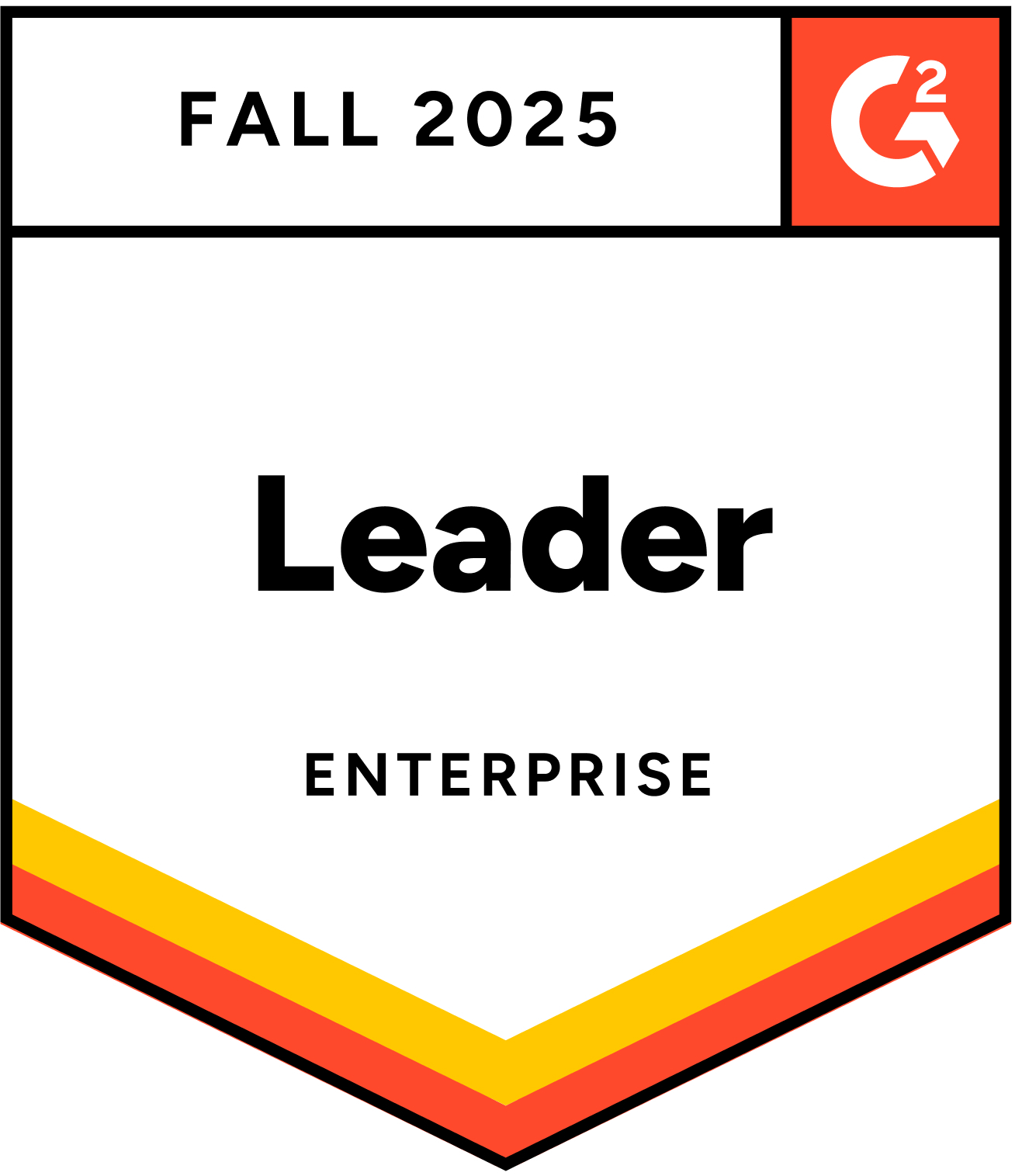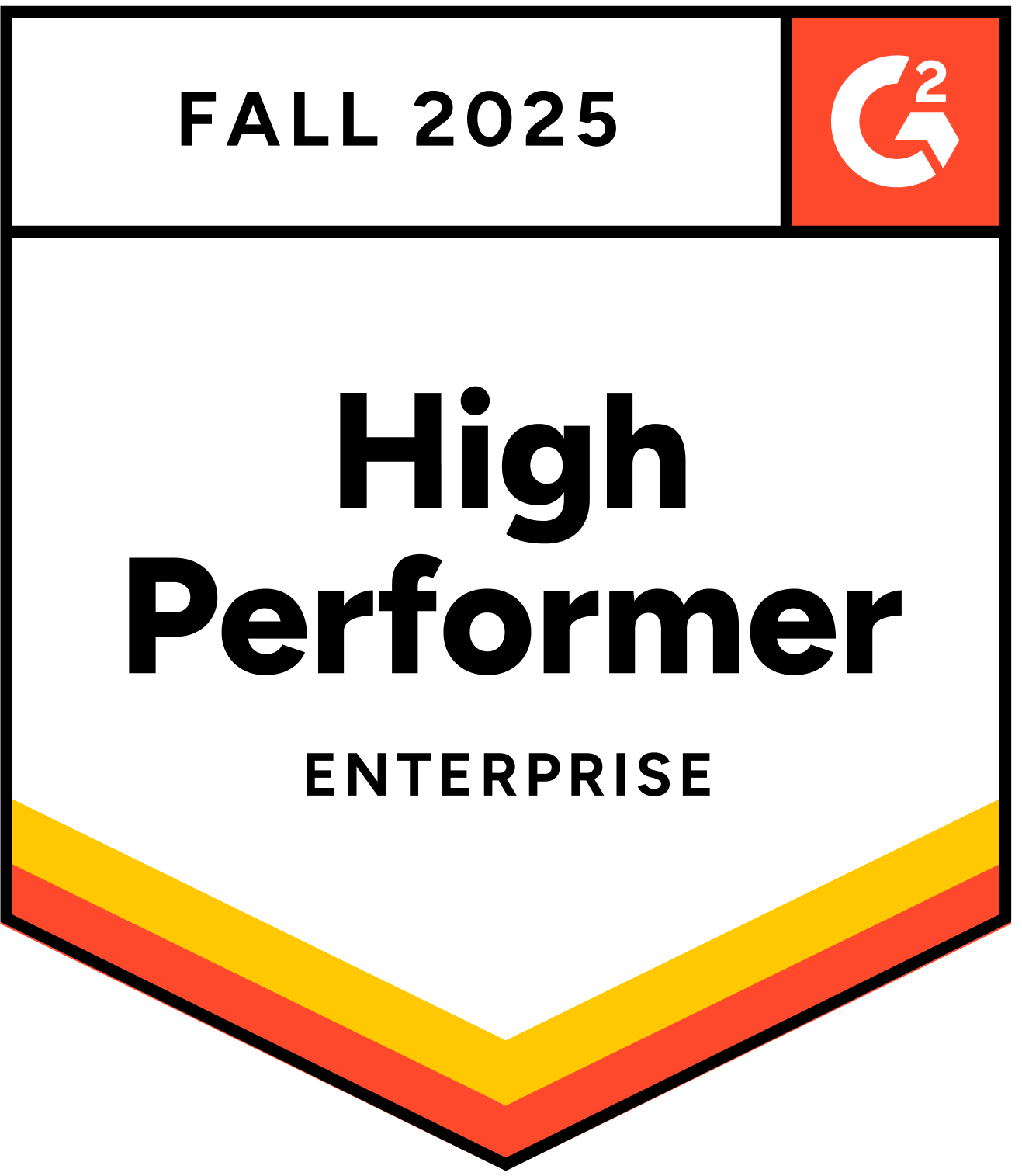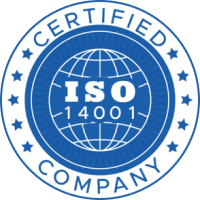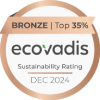Introduction: Welcome to Hire We Go!, the show all about transforming talent acquisition. This is your go-to spot for exploring how to truly find, attract, and engage top talent, whether you’re a seasoned HR pro or just fascinated by the world of recruitment. On today’s episode, the show is thrilled to welcome Dan Sapir, General Manager of JobGet and an old friend of the Joveo crew! Tune in as Dan shares JobGet’s mission and how they’re revolutionizing high-volume hiring.
Ashlie Collins: Hello and welcome to Hire We Go!, where we’re chatting all things talent acquisition transformation. Whether you’re an HR vet or someone who’s simply fascinated about how to find, attract, and engage talent, you’re certainly in the right place. I’m your host and director of solutions here at Joveo, Ashlie Collins, and joining us today is Dan from JobGet. Thank you so much for joining us. Why don’t you tell us a little bit more about yourself and JobGet?
Dan Sapir: Sure, thanks Ashlie. Good to see ya. So my name is Dan Sapir. I am the General Manager of JobGet and I’ve spent about 15 years in the job space, primarily working for different job sites, as well as tech players, which actually includes Joveo. So I’m an old friend of the Joveo crew. But in general, I focused on really just making high-volume hiring better for job seekers as well as employers across the board. And then, so switching gears to JobGet specifically, we help millions of everyday workers, you know, day in and day out. kind of an all-encompassing phrase that we include with like fast food and retail to hospitality to warehouse workers, but also things like nursing and trucking. So I think about anything that is like either a non-white collar or early white collar career where traditional resumes really don’t get you as far as you want. And we help them connect with employers quickly and efficiently.
And so over the past couple of months, JobGet has grown as a family, right? So we’ve acquired Snagajob, as well as Season and some other companies to really double down on the mission of making that connection happen, right?
With JobGet, job seekers download our app. If they have a resume, they can upload it. If they don’t, cool, we’ll help you build a profile, right? You’re sort of with that saying, here’s my experience, here’s what I like, here’s what I dislike. And from there, we are able to take what’s happening in that local market and matching it to your preferences. So all the sudden, can kind of, instead of just saying, here’s an exact match to what you searched for, we can open that up and say, here are worlds that you weren’t aware of as a job seeker that you’re actually a great fit for. Where you can either make more money or it could fit into your commute or you know, could be home with your family at certain hours or whatever and then we serve that up and almost like a Uber Eats type of experience where there are carousels So the first one might be here are jobs that we’ve matched near you where you could make $20 or more an hour and if you’re a warehouse worker making 13 bucks an hour that could be really enticing the next one might be here are retail jobs here are fast food restaurants, etc And so you scroll up and down for the different carousels and left and right for the different jobs within that to actually see them so It kind of leads into skills-based matching technology and as you interact and kind of help us understand what you do and don’t like, it’ll refine that to help you just have a better experience. So we think about that as like being built in the TikTok generation where people don’t want to search anymore, they want like their data to guide it and get really good matches that way.
Ashlie Collins: Yeah, and I get particularly excited about the skills matching piece and serving up jobs because I did a stint in the early career space and social mobility was a huge part of what we did there. And it’s fascinating how you can encourage folks into jobs they never even thought of themselves for based on the skills that they have. And I think this is going to become an increasingly important dialogue when we think about re-skilling as the demands of the workforce change. And so really, really cool space. I could go down a massive rabbit hole there!
And another thing I was hoping to talk to you about is like, we hear a lot about the blackhole experience in job searching. From your perspective, what do you feel is broken in the current system and how can it be addressed?
Dan Sapir: Yeah, so it’s pretty interesting because I’ve worked on this quite a bit over the years. I worked at Indeed years ago and focused on Indeed Apply and did something similar at Simply Hired. And I focused on easy-apply integrations quite a bit, right? And I think that everyone has these applicant tracking systems that aren’t really optimized and a whole bunch of people fall in the funnel. I think over the past couple of years, people have fallen in love with easy-apply, but then you lose job seeker intent for that individual job if you make it too easy, right? And so what ends up happening is you have these job seekers, and then of course you have these AI easy-apply systems that are just applying to a thousand jobs at a time. So all of a sudden you have these employers that are saying, I don’t even know what to do. I have 10,000 people applying to a single job. I can’t make them through. You have job seekers that are wildly frustrated saying, when I apply and I put in the work, I don’t hear back. So why would I put in the work? And so you have this real friction point happening right now. And that’s really frankly why we acquired Season, right? We see a future where, hey, employers and job seekers forget how easy or hard it is, right? Like let’s capture your intent early on and then like let’s vet this person in a very lightweight way. And then once they’re vetted and we know that they’re a good fit, so you don’t have drop off of the right people, they can actually show up for an interview. Now obviously this type of technology doesn’t work well for white collar or engineers or that sort of thing. But in high volume hiring, if you need to go fill a role at a Taco Bell, you know, it’s really, can they do certain things, will they show up, are they dependable?
If you could have a hiring manager say, hey, here are the times I’m available to interview and a job seeker can pass a few certain things and then show up to the interview, the hire is going to happen. That’s really what we’re focused on, moving away from just easy-apply or ATS apply or any of that stuff and trying to skip that and get to like, hey, let’s make sure people are interviewable and are the right match for this and have them show up to day one.
Ashlie Collins: Yeah, this is something that we talk about a lot in terms of positive friction and negative friction and getting the balance of those two things right. Right, so love that.
Dan Sapir: Speaking of negative friction, by the way, a lot of, I remember years ago, I talked to a large restaurant franchise and was trying to sell them on easy-apply back in my Indeed days. And they said, well, we like all this friction because it makes sure you really want the job if you’re going to apply, which that’s one thought. But like, if somebody is really a good fit, they’re like, just upset with their role today and they’re 10 seconds on the market. And then you have a hard apply process, they’re going to bounce. They’re gonna say no thanks. They’re gonna go back to their merry way with what they already have. So there is a big difference between positive friction and negative friction. And I totally agree with that. And the negative friction obviously is not good, but positive friction, you know, you wanna make it so easy that people aren’t even thinking about your role, you know? So that’s a great point.
Ashlie Collins: Yeah, absolutely. And my final question for you today, Dan, if you had a magic wand, what would you change about talent sourcing in 2025?
Dan Sapir: It’s funny you say that because I have a magic wand. It’s my handy, dandy Joveo magic wand. carry it with me everywhere so I can make wishes come true. So if I had a magic wand, which I do, it would really be… It’s funny, I was recently… I’m gonna channel my inner KJ and I was watching one of his SIA videos, which I love, from my days at Joveo, and I truly believe this is the mission everyone should have in the job space, which is the 4-3-2-1, right?
Four clicks, three applies, two shortlists, one hire. And those don’t necessarily have to be the metrics, but like our goal should be how do we match the right job seekers to the right jobs? Remove the noise from those that aren’t the right job seeker and make sure you make those connections so that the right people are applying, the right people are interested, they’re super excited. And then you have a few people show up to that hiring manager for them to make the choice on, you know, this is the real best person for this job.
So I think that just better connections, certainly having the right positive friction in the process so that you can have that human interaction as the last couple steps is really the future and that’s what I’m excited about.
Ashlie Collins: Amazing. Thank you so much for your time today, Dan. This was a brilliant conversation. I loved reconnecting with you. And thank you all for listening in with us today. Until next time.
Dan Sapir: All right, great chatting, Ashlie. Bye.
Conclusion: And that’s a wrap on another fantastic session of Hire We Go! Today’s conversation with Dan Sapir from JobGet illuminated the challenges of the “black hole” job search experience and JobGet’s innovative approach to skills-based matching and streamlining high-volume hiring. Dan even shared his wish to achieve the “4-3-2-1” hiring ideal, ensuring better connections and the right amount of positive friction in the process. Huge thanks to Dan for sharing such practical insights, and thank you for joining us!
